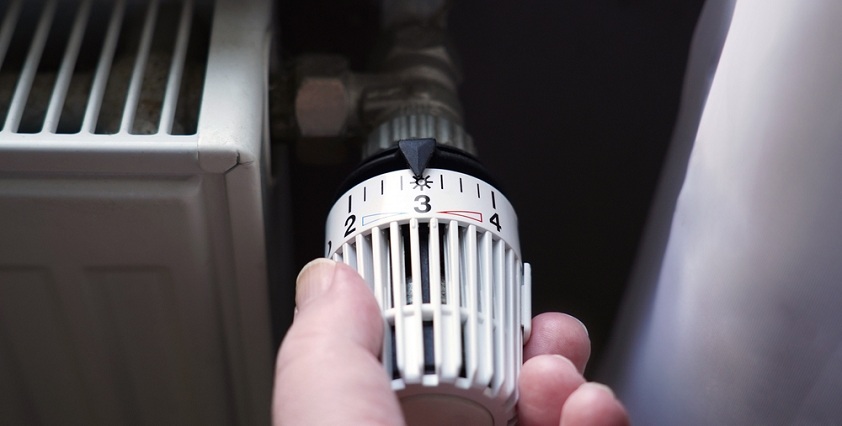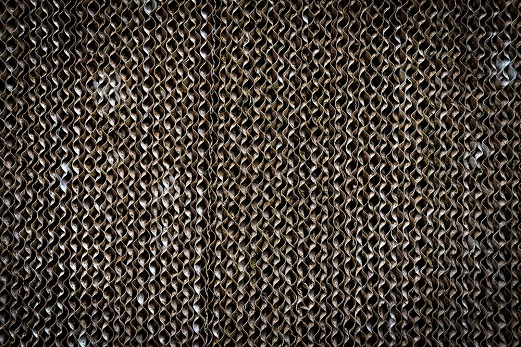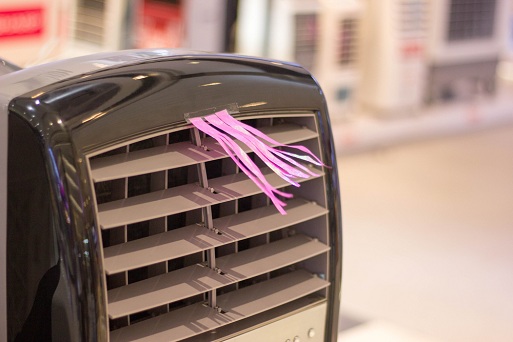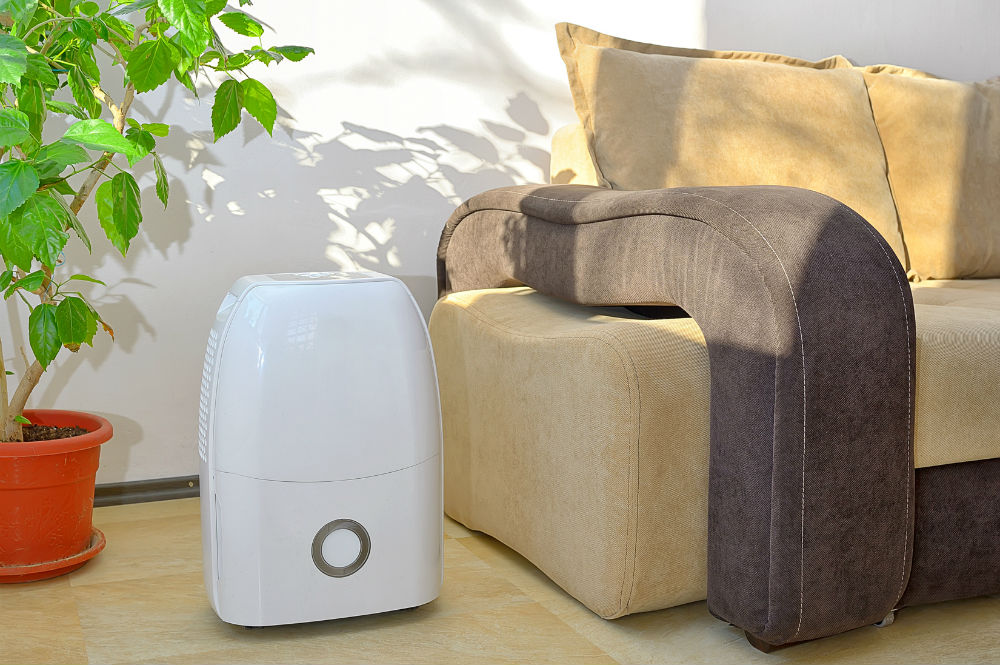A traditional swamp cooler installation draws outside air into the house and cools it using the swamp cooler.
This chilled air is dispersed throughout the port system. After the air enters your house, it builds up inside.
This is known as positive air pressure.
If you’re already familiar with swamp coolers, you know that the best way to relieve this pressure would be to open the doors and windows.
The air then circulations back outside.
When the air conditioner shuts off, this creates negative pressure inside the house, and the windows will have to be closed to prevent warm outside air from entering the house.
It’s important because using a thermostat means you’re no longer the one turning it on and off.
With the old setup, you opened the windows when you turned the cooler on and closed them when you turned it off.
But how does this new feature work now that it’s turned on and off alone?
Fortunately, you don’t need to run and close the windows every time the thermostat turns off the air conditioner.
Barometric dampers and upwards ducts are a simple, innovative solution to the air pressure problem.
Here’s how they work:
A barometric damper is an airtight device installed in the ceiling of one or several rooms in the house. You can choose how many you want and where they go depending on how air flows through your home. Your HVAC technician can help you evaluate how much you need and where to put them.
The damper has hinged flaps that fold up in the attic.
After the thermostat turns the cooler on, it starts to fill the house with cool air.
The house fills with this air, creating positive air pressure that pushes against the coupled flaps, forcing them open. The flaps open, releasing the air into the attic.
Then, the air goes back through the gable vents, which cools down the house.
When the swamp cooler turns off, negative air pressure builds up inside the house, and the dampers in the fan close.
One of the advantages includes leaving your house with the air conditioner running and the windows closed.
Furthermore, it reduces the air temperature, so your swamp coolers don’t have to work too hard.
This could lead to utility bill savings!






